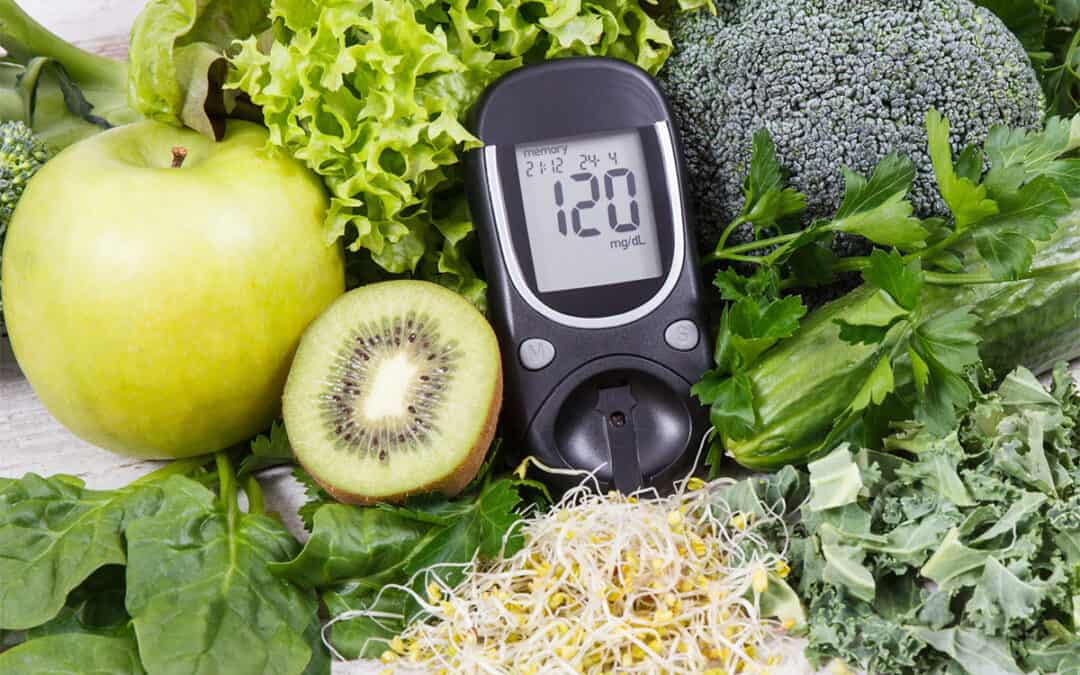
Pre – Diabetes is one of the most common conditions that progresses with aging.It is most notable by a gradually increasing belly size. It has a good track record for causing some of the most common digestive health problems and increases the risk for chronic debilitating diseases. With a few key strategies you can change your metabolism and prevent its progression. Do you have a persistent growing belly that is getting harder to get rid of? Is your waist line getting in the way? Besides an expanding middle belly or “love handles” as it is affectionately called, fatigue after meals is one of the most common signs of a blood sugar problem.
This is often because the amount of carbohydrates you are eating is not being supported by its partner “insulin” to help control the gradual decline of sugar. Or you are just eating too many carbs for your insulin to keep up with. There should be a steady rhythm between eating carbs, burning it as fuel, with insulin regulating its pace and effectiveness.Without carbohydrates as fuel, fat is the alternative fuel that converts into energy. Over time, too much sugar overwhelms this dance between carbs and insulin. Then communication stops and the rhythm between burning fuel and creating energy causes rogue levels of high blood sugar. Persistent higher levels lead not only to adult onset diabetes but also to more pain, inflammation, mood fluctuations, and dementia.
Common symptoms of Blood Sugar Related Problems include: chronic muscle and joint pain, insomnia, mood swings, weight gain, hypertension, and digestion symptoms
Food as Medicine
So What is the Best Diet?
If there was only one known diet that was good for everyone, there would be more of us eating it and a higher percentage of good health with less chronic disease. A healthy diet is best if it is individualized based on your genetic map, food sensitivities, and metabolic patterns.
Therefore not everyone is destined to be on a Keto diet, Paleo diet, or vegetarian diet. All foods contain a combination of carbohydrates, protein and fat. Finding the right ratio to balance the amounts of each of these is also the way to control your blood sugar and sustain energy from your diet.
Take a look at the number of carbohydrates you are eating each day. That includes all breads, pastas, grains, sugary drinks and snacks, chips and desserts, fruit, starchy and non- starchy vegetables.
The American Diabetic Diet allows 60 -75 grams of carbohydrates in each meal. Although this is less than the typical Standard American Diet or SAD diet this is often still too many daily carbs and encourages a blood sugar roller coaster throughout the day.
In an opposite direction, a Paleo or modified Keto diet suggests a restricted carbohydrate load of only 50 grams of carbohydrates or even less per day. Usually the best diets are ones individually balanced somewhere in between these two extreme amounts of daily carbohydrates. Each meal should contain a balance of protein, fat and carbohydrates. Instead of counting carbs it may be easier to start by looking your dinner plate. Compare the percentage of carbohydrates to protein and fat . If fat and protein each equal at least 25- 30% of your diet then only about 40- 50% is left for carbohydrates. This ratio shifts the balance away from too many daily carbs. Carbohydrates are further divided into non starchy vegetables likes greens, salads, and non-tuberous vegetables and the more starchy carbs like grains, beans and tuberous vegetables including potatoes, yams, and squashes. The more starchy ones should account for less than half of the carbohydrates eaten for the day. This reduces the need for increased insulin.
Initially, it may take some trial and error to adjust your diet to see what sets your metabolism to a balance point where you maintain an optimal weight, feel satiated, and have plenty of energy. Staying at your optimal weight encourages stable blood sugar levels and prevents excess storage of fat and early diabetes.

Its been noted that the best way to burn fat is to eat fat. The fastest fat burning vegetable source is food containing medium chain triglycerides (MCT). The most common sources are coconut oil and red palm kernel oil. In Dr. David Perlmutter’s bestselling book “Grain Brain”, he reports on research which links the growing epidemic of Alzheimer’s disease to what is known as Type 3 Diabetes. This is mostly caused by brain inflammation due to eating too many carbohydrates especially gluten and not enough good fats. The brain especially needs fats as its primary fuel in addition to the rest of the body as a source of nutrition and for weight management.



